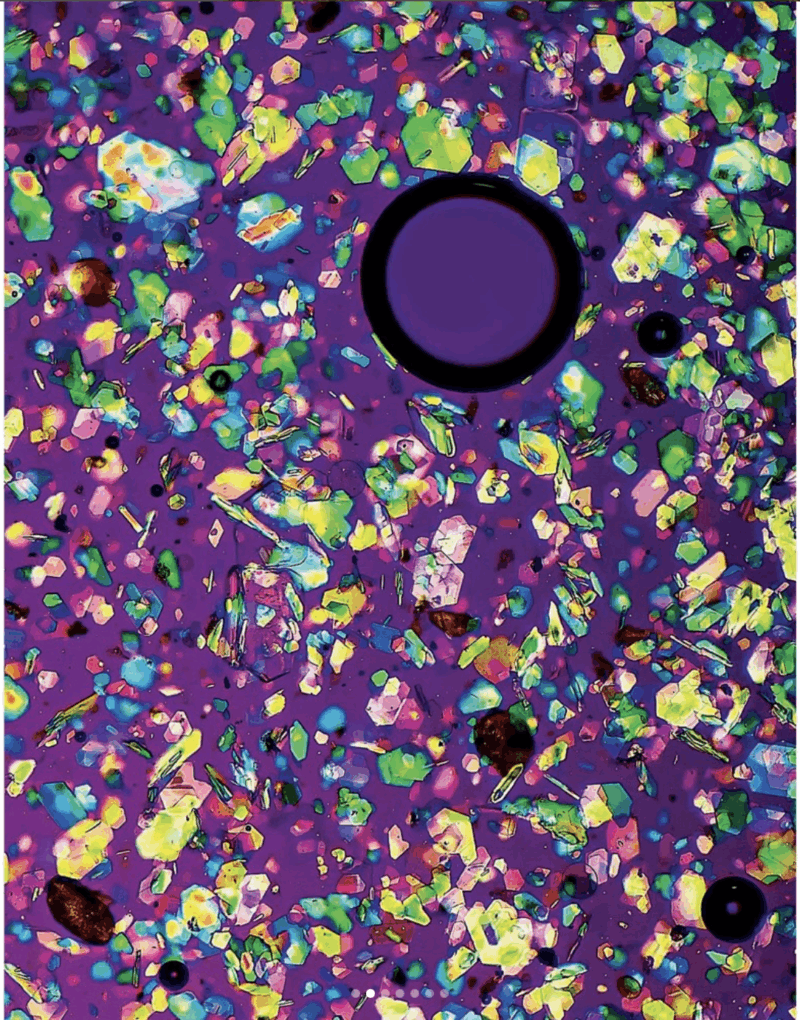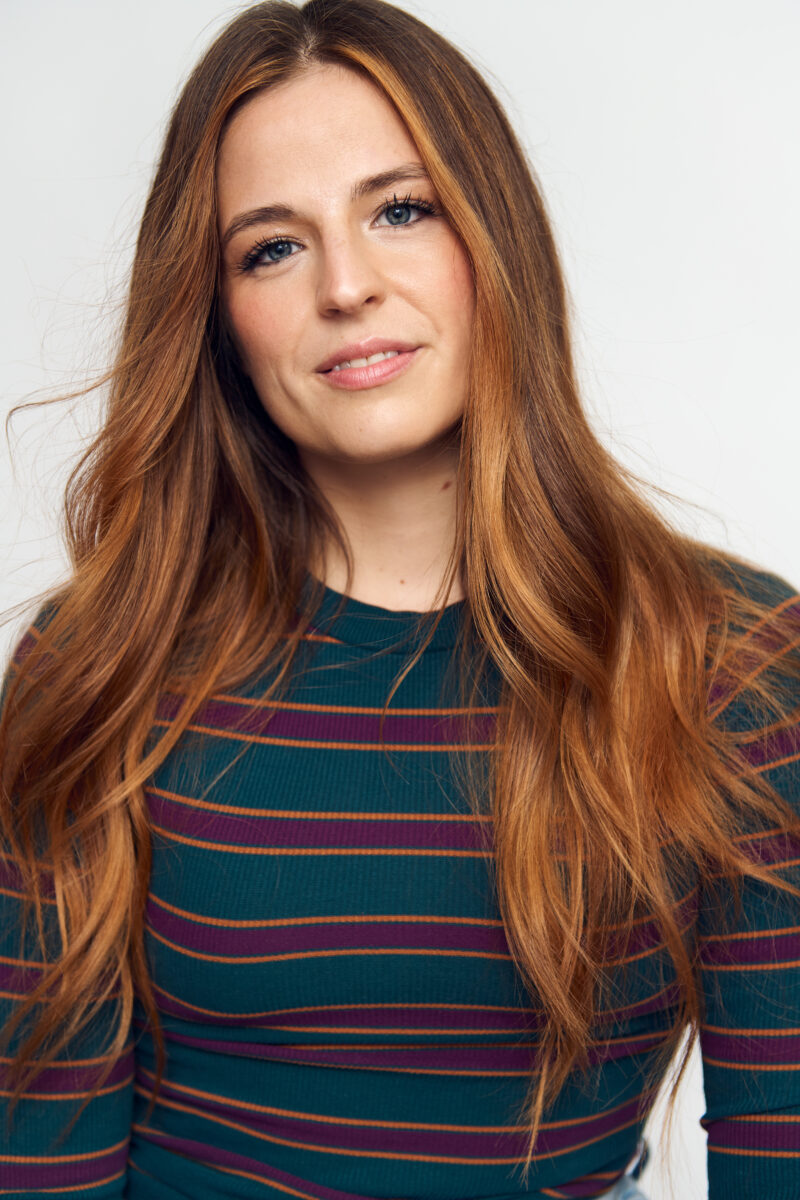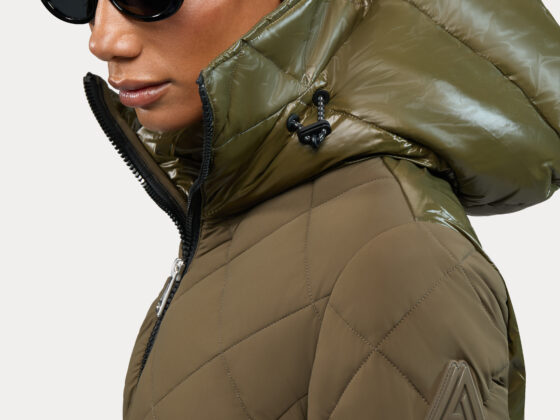Microbiologist and Montreal-based creator, Chloé Savard—better known as Tardibabe—fascinates over a million people on Instagram with her mesmerizing microscope videos. Through her lens, she reveals the beauty of the microscopic world and the fragility of the invisible ecosystems around us.
Blending science and art, her curiosity knows no bounds—and technology plays a key role in her creative process. From her iPhone to her MacBook, the Apple ecosystem accompanies her every day, helping her capture, create, and share her discoveries with precision and sensitivity.
Here, she shares more about her creative world—and how Apple technology fuels her scientific artistry.

1. Where did your interest in the microscopic world come from? Was there a specific moment when you knew you wanted to explore this invisible universe?
The first time I used a microscope was right after switching my university program—from music (I played drums) to biology, in 2018. But it wasn’t until late 2019 that I truly fell in love with the microscopic world, after seeing a video on Instagram made by a biology student in England. I reached out to her to ask how I could observe tardigrades and other microorganisms, and she helped me find my very first microscope. I then switched programs again, this time to microbiology.
When the pandemic hit, I isolated with my microscope and started creating and editing videos—it quickly became a passion.
2. Your images are both scientific and poetic. How do you manage to bring such a specific visual aesthetic into your work?
Through my editing, I try to convey the emotions I feel when I’m looking through my microscope. I aim to merge art and science—the best of both worlds, or rather, the best of my two worlds! I believe I’m able to present the microcosmos in a new light, blending music and visuals in a way that feels personal yet playful, accessible, and scientifically rigorous.
3. How do Apple products fit into your daily workflow, whether it’s for research, creation, or editing your images?
All my image capture is done entirely with the camera on my iPhone 16 Pro Max. Since the very beginning, I’ve used iPhones—from the 5S to the 11 Pro, 14 Pro, and now 16 Pro Max! I make small adjustments directly in the Photos app, then send my videos via AirDrop to my MacBook Pro to finish editing in LumaFusion. I also publish everything directly from my iPhone—so really, my entire creative process is powered by Apple.
4. Are there any apps or tools you consider essential to your work?
LumaFusion is absolutely essential for me. It’s affordable and can be installed on iPhone, iPad, and Mac.
5. Apple products are often seen as tools that empower creativity. What do you think of that philosophy?
I couldn’t agree more! These tools have allowed me to grow as both an artist and a scientist, and to fully develop my creative potential.
6. Your images are incredibly precise. Are there any Apple devices or technologies that help you maintain that scientific quality while telling a visual story?
The new cameras on the iPhone 16 Pro and 17 Pro help me produce images of exceptional quality! I can even choose to record in ProRes or 4K at 120 fps. The speed of the new MacBook Pro also allows me to work smoothly, both during research and video editing.
7. You’re part of a generation of women using technology to make science more accessible and inspiring. Do you feel that you’re carving out a place for yourself in a field that’s still largely male-dominated?
I believe I’ve found my place in what was once a male-dominated world—and I also think I’ve helped open the door for other women, both young and older, to step into it too.
8. If you could give one piece of advice to a young girl passionate about science and visual storytelling, what would it be?
Stay curious, don’t get discouraged, and have fun.
9. What’s next for you?
I have some upcoming film projects that I can’t reveal just yet. I’m also working on collaborations with the Museum of Science in Boston and the Canada Science and Technology Museum.








